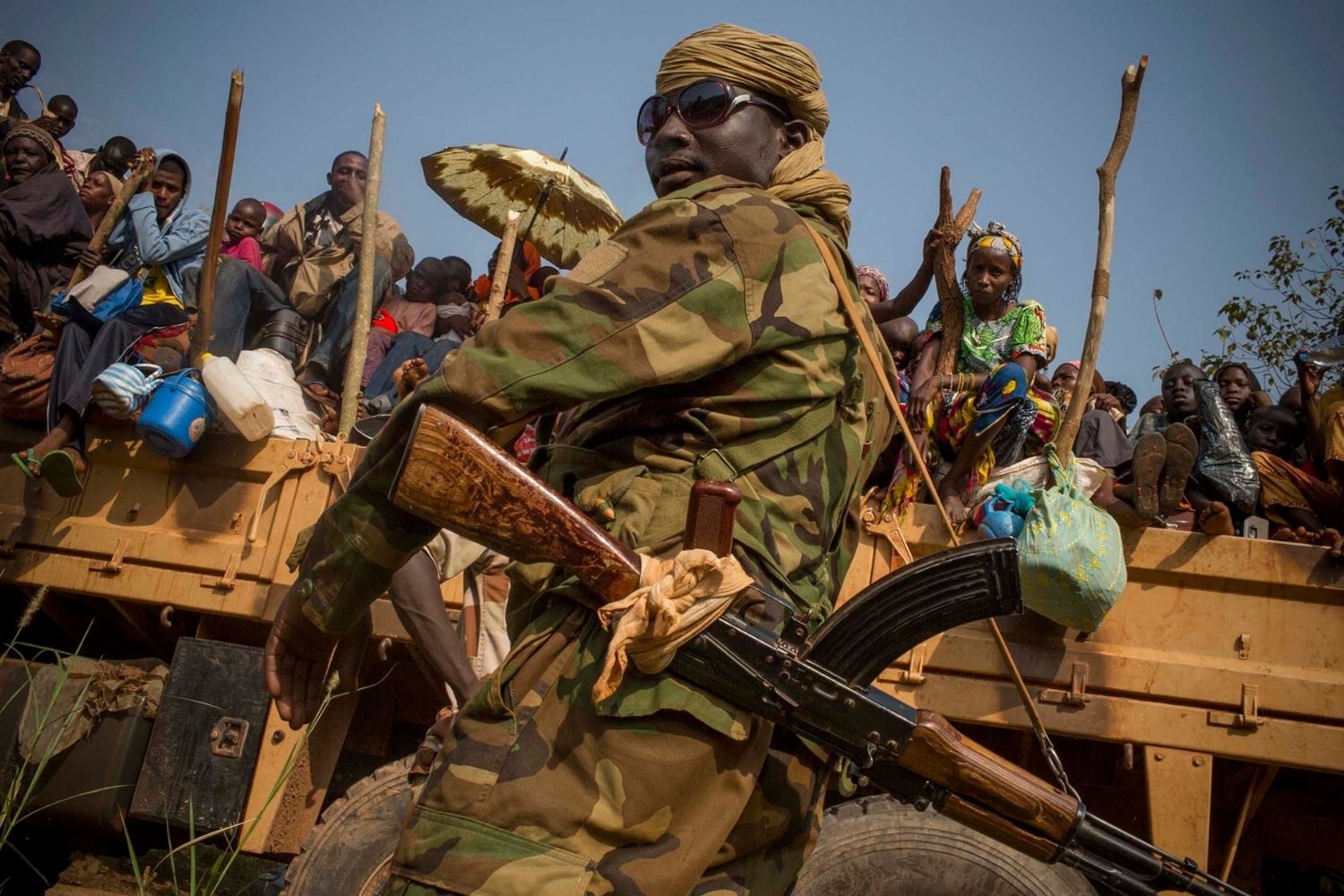
The Central African Republic Bush War was a conflict that took place from 2004 to 2007 in the Central African Republic (CAR). This war involved government forces clashing with various rebel groups, leading to significant turmoil and displacement within the country. Why did this conflict erupt? The reasons are complex, involving political instability, ethnic tensions, and economic struggles. Understanding this war is crucial for grasping the broader issues facing CAR today. In this post, we'll explore 25 key facts about the Central African Republic Bush War, shedding light on its causes, major events, and lasting impacts. Buckle up for a deep dive into this pivotal chapter of CAR's history.
Key Takeaways:
- The Central African Republic Bush War, from 2004 to 2007, caused widespread displacement, economic hardship, and a humanitarian crisis, leaving a lasting legacy of mistrust and division in the country.
- The international community, including the United Nations and France, intervened to address the conflict, but the Central African Republic continues to struggle with instability and ongoing humanitarian challenges.
Central African Republic Bush War Overview
The Central African Republic Bush War was a conflict that took place in the Central African Republic (CAR) from 2004 to 2007. This war involved various rebel groups fighting against the government. Here are some key facts about this significant event.
- The war began in 2004 when several rebel groups took up arms against President François Bozizé's government.
- The conflict was primarily fueled by political instability and ethnic tensions within the country.
- Rebel groups included the Union of Democratic Forces for Unity (UFDR) and the People's Army for the Restoration of Democracy (APRD).
- The war caused widespread displacement, with thousands of civilians fleeing their homes to escape the violence.
- The conflict severely impacted the country's already fragile economy, leading to increased poverty and hardship for many citizens.
Key Players in the Conflict
Understanding the main actors involved in the Central African Republic Bush War helps to grasp the complexity of the situation.
- François Bozizé, the President of CAR during the conflict, came to power through a coup in 2003.
- Michel Djotodia, a key leader of the UFDR, later became the President of CAR after the conflict.
- The APRD was led by Jean-Jacques Demafouth, a former defense minister.
- The Central African Armed Forces (FACA) were the main government military force fighting against the rebels.
- Various international organizations, including the United Nations, attempted to mediate and provide humanitarian aid during the conflict.
Humanitarian Impact
The war had devastating effects on the civilian population, leading to a humanitarian crisis.
- Over 200,000 people were internally displaced due to the fighting.
- Many civilians sought refuge in neighboring countries, including Chad and Cameroon.
- The conflict disrupted access to essential services such as healthcare and education.
- Human rights abuses, including extrajudicial killings and sexual violence, were reported by both government forces and rebels.
- Humanitarian organizations faced significant challenges in delivering aid due to the insecurity and poor infrastructure.
International Response
The international community played a role in addressing the conflict and its aftermath.
- The United Nations deployed peacekeeping missions to help stabilize the region.
- France, the former colonial power, provided military support to the CAR government.
- The African Union also sent peacekeeping troops to assist in maintaining order.
- Various non-governmental organizations (NGOs) provided humanitarian aid to affected populations.
- Diplomatic efforts, including peace talks and agreements, were initiated to bring an end to the conflict.
Aftermath and Legacy
The consequences of the Central African Republic Bush War continue to affect the country today.
- The conflict officially ended in 2007 with a peace agreement between the government and rebel groups.
- Despite the peace agreement, sporadic violence and instability have persisted in the country.
- The war left a legacy of mistrust and division among different ethnic and political groups.
- Efforts to rebuild the country's infrastructure and economy have been slow and challenging.
- The Central African Republic remains one of the poorest and most unstable countries in the world, struggling with ongoing conflicts and humanitarian crises.
Reflecting on the Central African Republic Bush War
The Central African Republic Bush War left a significant mark on the nation's history. This conflict, spanning from 2004 to 2007, involved various rebel groups and government forces. It caused widespread displacement, with thousands fleeing their homes. The war highlighted the country's political instability and the struggles of its people. Despite the peace agreements, the region still faces challenges in achieving lasting stability. Understanding this war helps shed light on the complexities of Central African Republic's ongoing issues. The resilience of its citizens remains a testament to their enduring spirit. As we look back, it's crucial to remember the lessons learned and the importance of striving for peace and unity. This chapter in history serves as a reminder of the need for continued efforts toward reconciliation and development in the Central African Republic.
Frequently Asked Questions
Was this page helpful?
Our commitment to delivering trustworthy and engaging content is at the heart of what we do. Each fact on our site is contributed by real users like you, bringing a wealth of diverse insights and information. To ensure the highest standards of accuracy and reliability, our dedicated editors meticulously review each submission. This process guarantees that the facts we share are not only fascinating but also credible. Trust in our commitment to quality and authenticity as you explore and learn with us.
